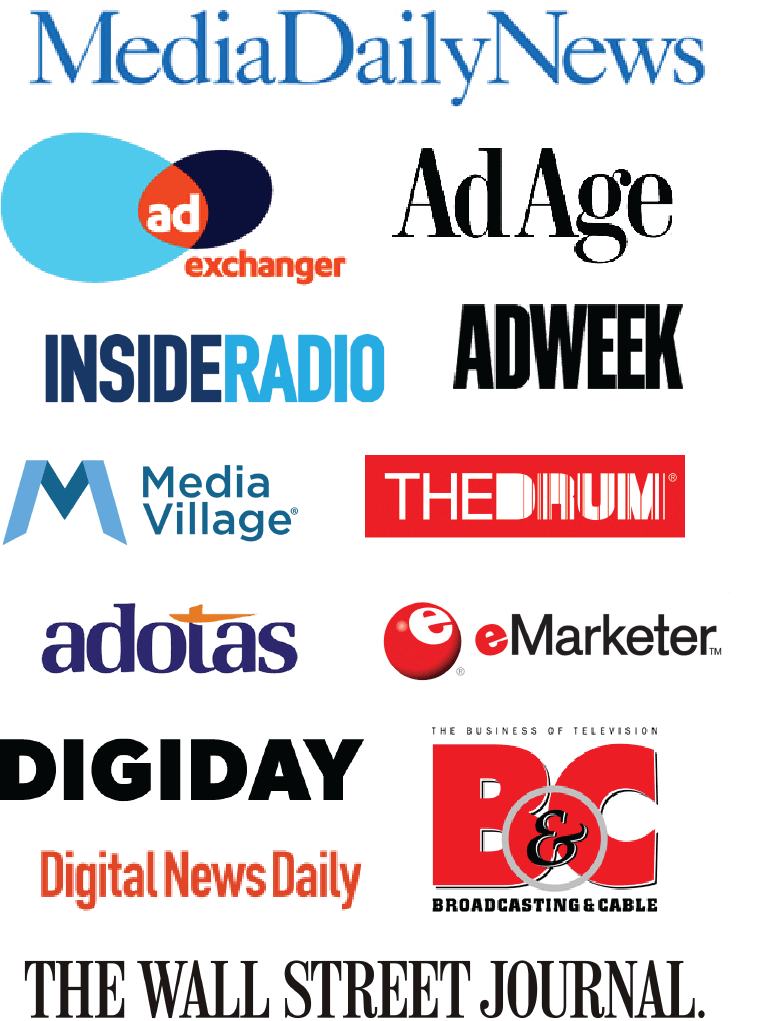From Microsoft’s Retail Advertising Network to Walmart Connect to Best Buy’s Criteo DSP partnership, the retail media space has experienced tremendous growth over the past year. In fact, Group M projects retail media advertising to grow by about 60% by 2027, exceeding what is expected for all advertising.
As we enter the second half of 2023, retail media networks are in a solid position to answer advertisers’ most pressing needs. But they will need to lead with measurement in their sales efforts.
There are three principal challenges that retail advertisers will confront this year. Macroeconomic tightening increases the pressure to prove results. Additionally, they need to gain category share by winning back consumers they lost during the pandemic. And they need to do it with fewer data signals, due to the opt-in requirements of Apple’s App Tracking Transparency (ATT) framework.
As a result, many advertisers are looking down-funnel, specifically for media partners that can yield higher performance for their investments.
This signals a great opportunity for retailers with solid ad tech partnerships as they have a scalable audience that is in a place where marketers are already selling their products and rising prices make it more sensible to advertise at the point of sale.
To capitalize on this opportunity, retail media networks need to base their sales efforts on the ability to prove performance. Advertisers want assurances they’ll get the data proof they need, and retailers have a great asset to demonstrate effectiveness: first-party data. By providing insights about audiences based on their first party data, retail media networks can answer questions such as: what the audience demographic composition is, what is the total reach, and how many of the audience are active in the product category of the advertiser.
As retailers look to win over advertisers, there are several key considerations. With a measurement-first lens, sellers need to demonstrate a match between brand and retailer audience, often including a fit where the product is sold at the retailer. For instance, grocers are a natural fit with CPG brands while tech brands match up better with electronics big box stores.
Additionally, retailers need to beat competitive ad prices and formats, provide in-depth insights about who their customers are and how they shop to the brand decision maker, and demonstrate they can effectively measure their investments.
While retail media networks are typically more expensive than other channels, advertisers will feel confident in utilizing it with the right measurement and attribution tools.
Nicole Perrin is SVP Business Intelligence at Advertiser Perceptions

